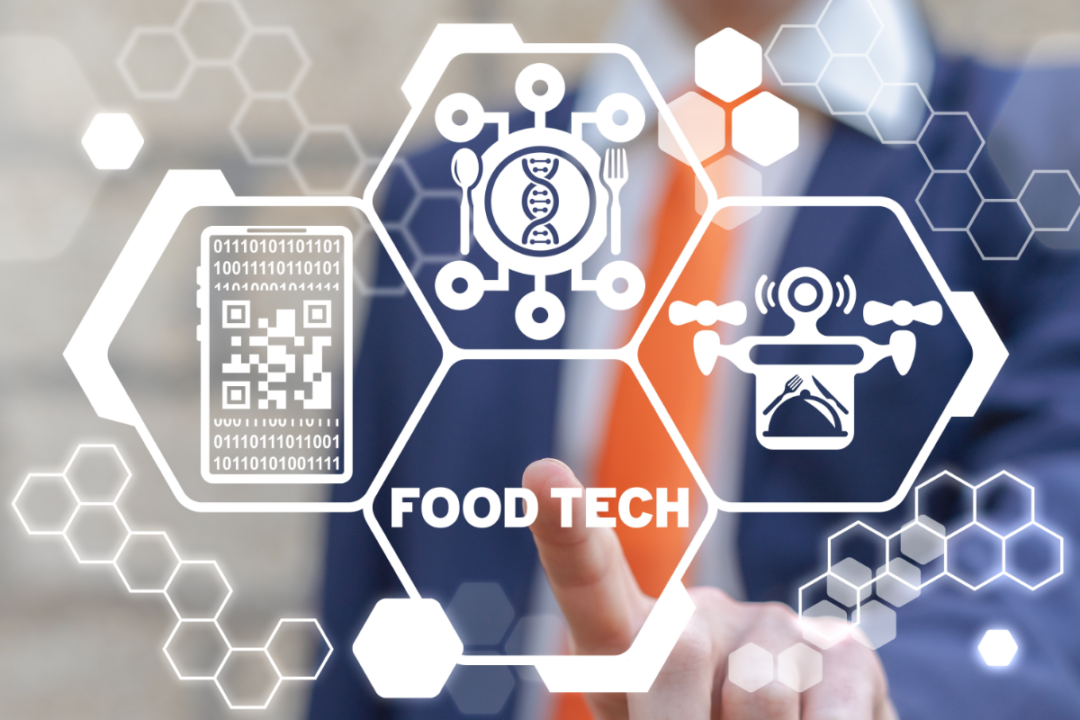
“Tough times call for desperate measures.” In 2020, various food and beverage industries were hit with the reality of the coronavirus pandemic.
This greatly affected not only this industry but every other sector of the economy. This pandemic caused a major change in business operations as a change in customer demand and uncertainty in the supply market was observed. As a result, these industries have tried to do everything to make sure business processes smooth and prevent a shutdown of their business.
This industry has turned chiefly to technology to combat these challenges. It is the year 2021, and there are loads of impressive technologies the food and beverage industry has incorporated into the business that has made it easier for customers to obtain products and services quite easier and has gained traction this year.
UK.collected.reviews gives reviews and customer experiences on companies in the food and beverage industry. Here, you’ll find the best food companies that have successfully used some of the technologies stated below.
The top 5 technologies that have changed the food and beverage industry for the better in 2021 include:
1. Use of cloud technology
Cloud computing is one of those concepts many people have heard about, but very few even understand how it works. Now, cloud basically means a virtual storage space on the internet where people can store files and even applications. Cloud technology allows people to use those stored resources using networks such as the satellite network, allowing people to share and store information without limitation due to physical location.
Cloud computing has helped companies in this industry improve their operational agility or scalability, particularly important to companies with fluctuating requirements for bandwidth, allowing them to scale up or down easily on remote servers.
2. Omnichannel distribution
Before the pandemic, many companies were dependent upon retailers to supply goods to the consumers. Things took a larger turn in2021 as manufacturers use omnichannel distribution and the business to consumer(B2C) commerce for food products, reducing the dependence on ‘middlemen’.
3. Adoption of IoT and Industry 4.0
This technology makes it possible for companies in the food and beverage industry to turn data into intelligence, enabling proactivity, offering them a more competitive edge over their counterparts in the industry.
4. Data-driven strategies
This involves the collection, analysing, interpretation of data to develop business processes that’ll benefit the supply chain, ensuring sustainability and optimising resources. This data, for instance, helps companies determine more precise and accurate shelf life for their product that’ll benefit the company and final consumers.
5. Scannable labels
Scannable labels are one technology that ensures transparency and enables customers to track basic information about the product, such as nutritional values and ingredients contained in foods or beverages. Companies that use this technology are more likely to get more customers as customers will pay more for transparency.
These technologies stated in this article aim to address transparency of food products, resilience in business and to improve sustainability, preventing food and beverage industries from shutting down and putting them at a competitive advantage. In order words, companies who use these technologies have better opportunities to thrive and generally happy customers.